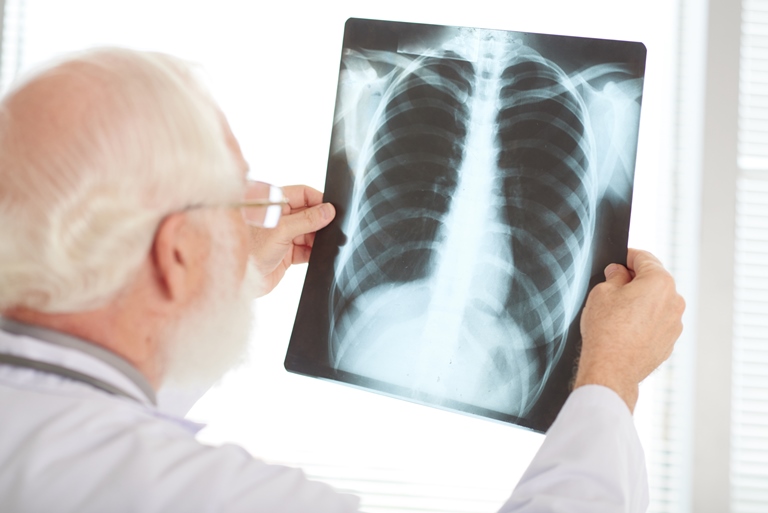
Stem cells are renowned for their capacity to differentiate into various types of cells. This is why they have such an impressive capacity for regenerating tissue like skin, muscles, bones, tendons, and ligaments.
Researchers have spent several decades learning about the chemical signals that tell stem cells that they need to change into another type of cell. Understanding these signals would give researchers the ability to create virtually any type of cell at will.
The breakthroughs that have already been made are driving progress in a new field called regenerative medicine. This field focuses on the process of replacing, engineering or regenerating human or animal cells, tissues or organs to restore or establish normal function.
Researchers have already shown they can use stem cells to regenerate injuries affecting the skin, tendons, ligaments, muscles and other parts of the body. However, it can be difficult to create certain parts of the body because of their structure.
Researchers from Helmholtz-Zentrum Geesthacht (HZG), the Berlin-Brandenburg Centre for Regenerative Therapies, the Freien Universität Berlin, and the Helmholtz Virtual Institute for Multifunctional Biomaterials may have solved this problem.
The researchers developed a “dynamic scaffold” to make it easier to create bones from stem cells. The scaffold consists of a polymer sheet that acts like an artificial muscle. The researchers could then seed the sheet with stem cells, which encourages the cells to change into bone cells.
Lead researcher, Professor Andreas Lendlein, explained how the process works: “Our polymer actuator sheet has a so-called shape-memory function. In our experiments, this allows it to act like a transducer, with which we can effectively instruct the cells to do as we wish. We found that the changes in temperature, combined with the repeated stretching motion of the film was enough to encourage the stem cells to differentiate into bone cells.”
Professor Lendlein continued “The programmed polymer sheets could, for example, later be used to treat bones broken so severely that the body can’t repair it by itself. Stem cells from a patient’s bone marrow could be cultured on the sheet and adaptively wrap around the bone during an operation.”
The discovery could dramatically change how severe bone fractures are treated.
Source: Artificial muscle sheets transform stem cells into bone
{{cta(‘d62560c2-336a-4f88-9683-44a37a5bd7fd’)}}


